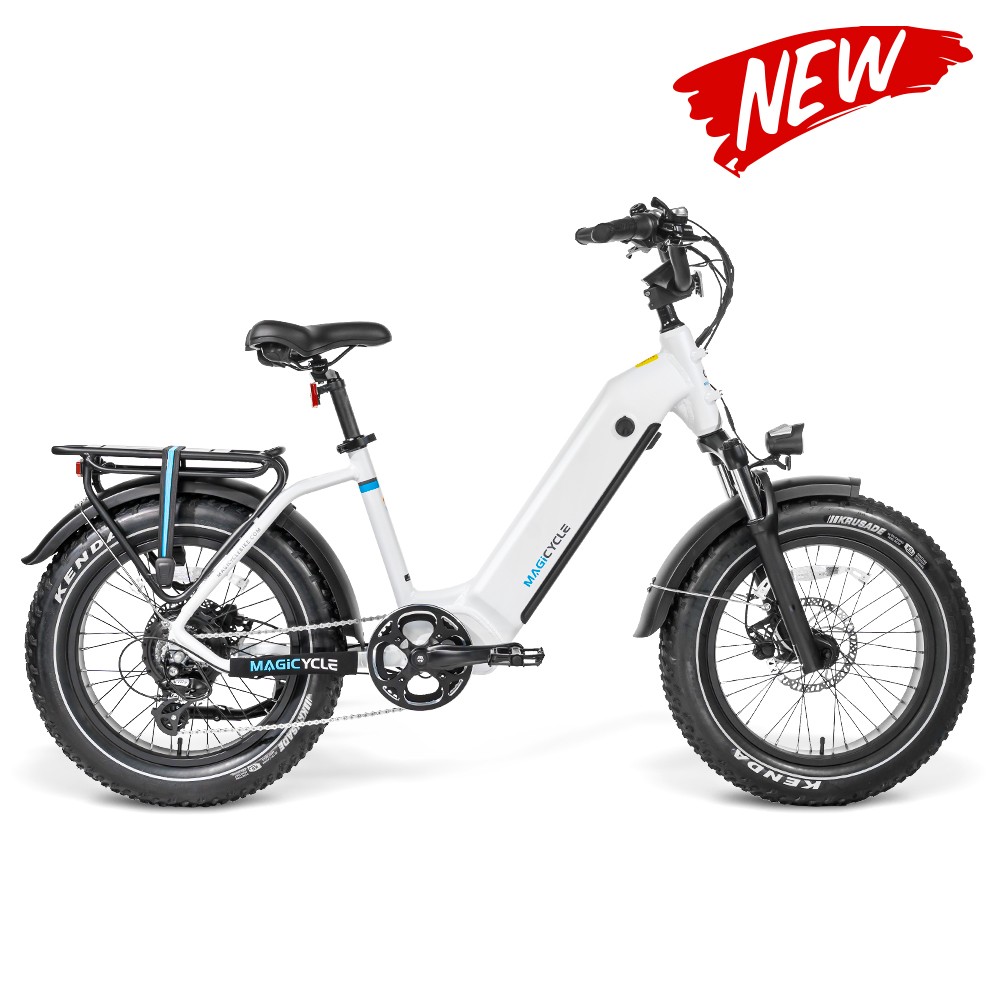December 05, 2022
Watch How to Charge an E-Bike for Maximum Battery Life
If you bought a bike in the last year, chances are good it’s an e-bike. Electric bicycles are the fastest-growing type of bike in the U.S. today; in 2021 they surpassed road bikes as the third biggest category of bikes overall. E-bikes outsell electric cars, and for good reason. The lightweight electric motor on an e-bike gives a powerful boost to all kinds of riding, especially utility cycling like commuting and errands.To get more news about ebike battery charging, you can visit magicyclebike.com official website.
At the heart of that system is a powerful lithium-based battery. Taking proper care of that battery is key to safely getting the best range and long-term battery life. Here’s what you need to know about charging your e-bike battery.

Safe charging basics
You should charge your battery inside, on the proper charger, and with the motor system powered off, says Kunal Kapoor, senior manager for quality and compliance at Bosch, a leading supplier of e-bike motor systems. While e-bike motors, batteries, and wiring are weather-resistant, "chargers aren’t intended for outdoor use,” he notes.
Using the proper charger is primarily a safety issue. With a modern lithium battery, Kapoor continues, when the battery signals it’s ready to accept a charge, "the battery monitoring system in the charger makes sure that the temperatures inside the battery are optimum to receive the charge,” and shuts off if needed. An off-brand charger—even rated to the same output—doesn’t have all the features of that battery management system, so current can flow to the battery even if temperatures rise, which is a fire risk.
The risk of battery fires is low, but Kapoor recommends people not leave batteries unattended while charging. You can leave the battery on the bike to charge or take it off, as long as it’s not sitting on or near flammable stuff (like the spare gas can in the garage, for example). If you’re looking at lower-priced e-bikes with house-brand or unbranded motor and battery systems, make sure the battery and charger carry a UL 2849 certification stamp from Underwriters Laboratories. This is the industry-wide standard for safe electric systems and battery charging for e-bikes. Some bike shops won’t work on e-bikes with motor and battery systems that lack this stamp, citing fire risk when left overnight in the store.
How to optimize battery range and lifespan
Let’s start with some definitions. Range is essentially runtime: how long a battery will last on a single charge, expressed in miles of riding. Range, even on the same bike, will vary; a flat commute to the office with just a light backpack will see better range than a fully loaded uphill ride home from Costco. Most e-bikes today get between 25-75 miles of range, depending on these factors.
Lifespan is how many times a battery can be discharged and recharged before it starts to lose significant capacity. When capacity starts to dip, you won’t notice less power while riding, but you will see range start to shrink. A common lifespan benchmark for e-bike batteries is 500 "full” discharge/re-charge cycles (if you use half the battery capacity and recharge, that’s half a cycle), which works out to about three to five years of normal use before capacity begins to drop noticeably.
Even though battery range and lifespan aren’t the same thing, they are linked, and actions that reduce range will also, over time, shorten lifespan. A big culprit, Kapoor says, is running the motor hard, like leaving it in Boost or Turbo mode all the time, which means a ride of a given distance relies progressively more on motor power than at lower assist levels. You’ll run the battery through charging cycles more quickly, which will shorten its life.
Mistakes that kill your battery
When you buy a new e-bike, you should charge the battery to full before riding it because it’s likely been inactive for a while. But lithium batteries do not have "memory;” that is, they do not need to be fully discharged and fully recharged every time to hold their full capacity. In fact, it’s best if you don’t run a battery to zero, says Kapoor. "If you let the battery deplete completely, that may permanently damage it,” he says, and it will never recharge to its full original capacity.
If you’ll go a few weeks or more without riding the bike, store it (or at least the battery) in a dry, room-temperature space with the battery between 30-60 percent of full charge, says Kapoor. That’s the most stable level for long-term storage, and will lower the chance of a deep discharge that would damage your battery. Don’t leave your battery plugged in to the charger for long periods. It’s not necessary, and can create a short discharge/recharge cycle that will eventually reduce capacity. If you go long periods without riding the bike, check the battery charge monthly and partly recharge when it drops below 30 percent.
Lithium batteries are less affected by cold weather than other types of battery and you shouldn’t see reduced range while riding unless the temperatures are truly arctic. But researchers at the Department of Energy recently found storing lithium batteries below freezing for longer periods can damage part of the battery’s cathode, which will reduce its capacity. Lithium batteries also won’t charge effectively in cold temperatures. If you store your bike outside or in an unheated space and live in an area with sub-freezing temps, says Kapoor, bring the battery inside when not in use.
Posted by: freeamfva at
04:08 AM
| No Comments
| Add Comment
Post contains 935 words, total size 6 kb.
35 queries taking 0.0545 seconds, 82 records returned.
Powered by Minx 1.1.6c-pink.









